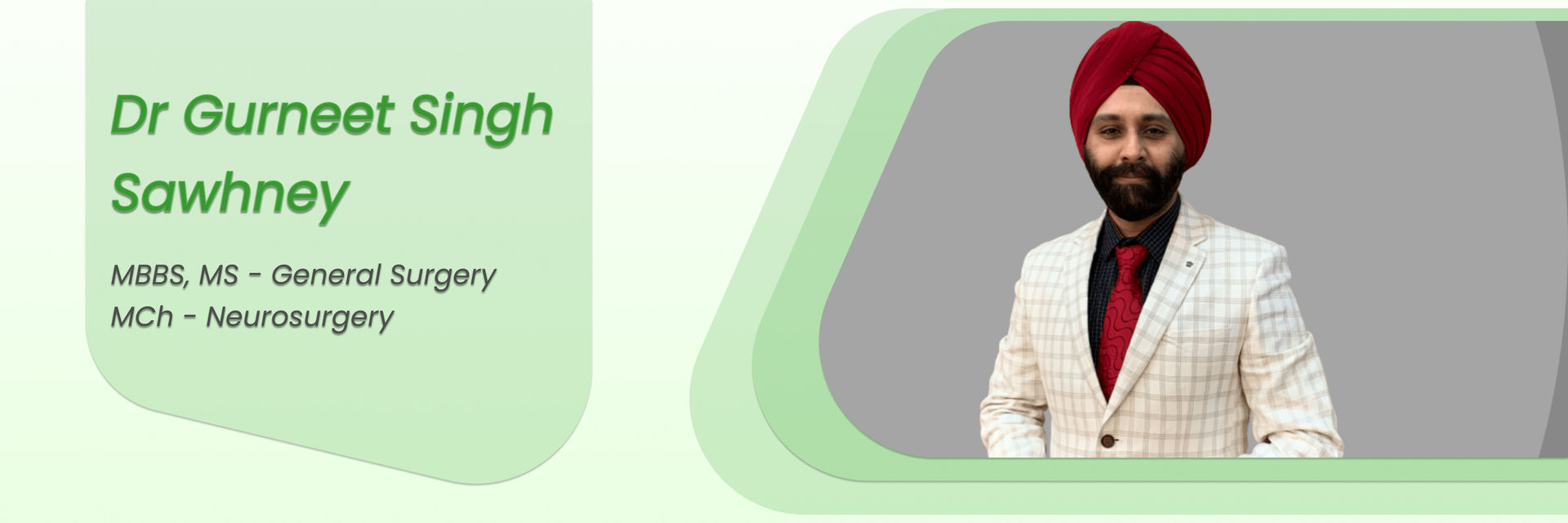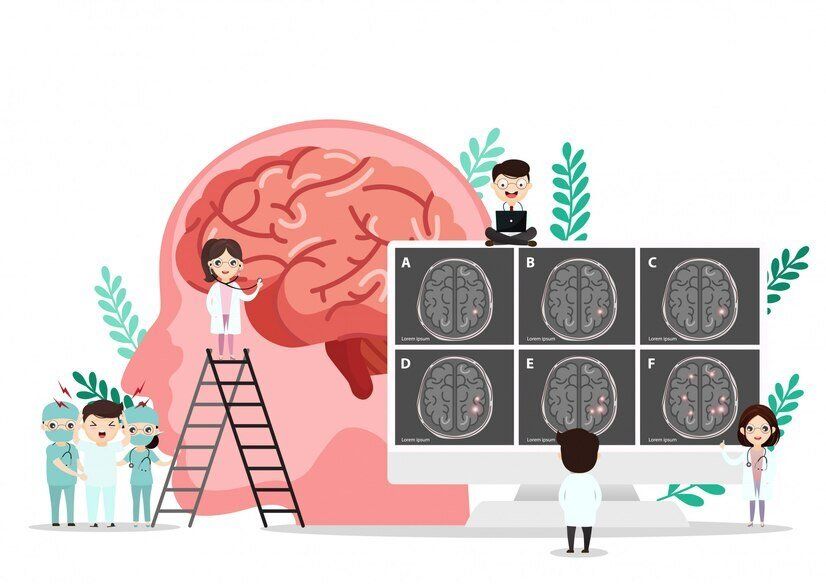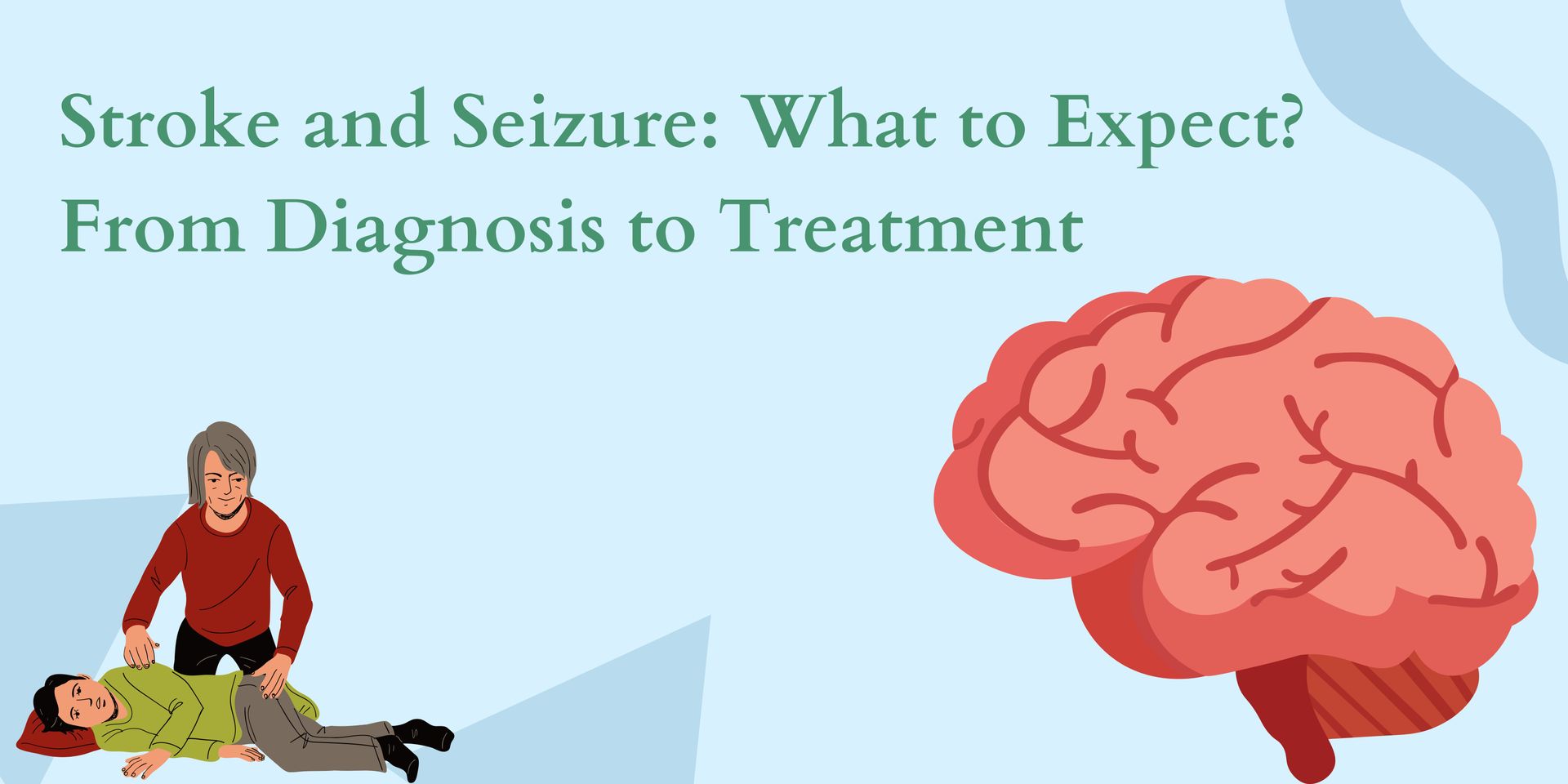Brain shunt surgery is a complicated medical procedure that has the potential to significantly enhance the quality of life for adults who are grappling with diverse neurological conditions. In this article, we will delve into every aspect of brain shunt surgery, exploring what it is, who it's for, the procedure itself, recovery, and potential risks. To ensure an informed decision, it is crucial that you or your loved one thoroughly comprehend the expectations of this surgery.

But before we dive deeper into the details, let's address a pressing question.
How common is brain shunt surgery in adults?
Around 750,000 people in the world have a condition called hydrocephalus. In around 1,60,000 cases doctors use brain shunt surgery in adults to treat hydrocephalus. Among these people, about 56,600 are kids and teenagers under 18 years.
But here's what's on your mind, sure:
Is brain shunt surgery in adults safe?

Brain shunt surgery in adults is usually safe. However, like any surgical procedure, there are risks involved. Problems can arise during and after the surgery. There are always chances of risks like too much bleeding or infection.
Now, let's take a closer look at the mechanics.
Your health is too important to ignore – schedule your appointment now.
How does brain shunt surgery in adults work?
During brain shunt surgery in adults, a tiny tube or shunt is placed inside the brain. This tube helps to move extra fluid from your brain to another part of your body. Like your tummy, where your body can absorb it.
Inside this tube, there is a little valve. It acts like a gate and controls the movement of cerebrospinal fluid. You can notice the shunt as a small bump under your scalp skin.
Exploring Medical Necessity: Understand why brain shunt surgery is recommended for various conditions in adults.
Why do adults undergo brain shunt surgery?
Brain shunt surgery in adults is required for various medical conditions. It is mostly used in conditions where the flow of cerebrospinal fluid needs to be controlled. Some common conditions where brain shunt surgery is advisable for adults include:
- Hydrocephalus: This is the most common reason for brain shunt surgery in adults. Hydrocephalus occurs when there's an excess buildup of CSF in the brain. This leads to increased pressure. It can cause brain damage. Shunts are used to redirect and regulate the flow of cerebrospinal fluid to relieve pressure.
- Normal Pressure Hydrocephalus: In this type of hydrocephalus cerebrospinal fluid collects in the brain ventricles. This leads to difficulties with walking, thinking and bladder control. Brain shunt surgery in adults helps to alleviate these symptoms.
- Pseudotumor Cerebri: There is increased intracranial pressure in this condition. However, there is no obvious cause for this. Brain shunt surgery is recommended in such conditions to reduce pressure. It also alleviates symptoms like headaches and vision problems.
- Brain Tumors and Surgery Complications: Brain shunt surgery may be required after brain tumor surgery. It is also required in conditions or surgeries that have disrupted the CSF flow.
- Cerebral edema: In some cases of brain swelling or edema brain shunt surgery is needed, This is to manage the flow of CSF and reduce pressure.
- Intracranial Hemorrhage: Shunt placement can be considered after certain types of brain bleeding. Like in subarachnoid hemorrhage, to control CSF drainage and pressure.
- Infections in the brain or its surrounding tissues can lead to increased CSF production and pressure. Shunts may be used to manage this.
Now, let's talk about eligibility. Find out what factors determine eligibility for brain shunt surgery in adults.
What are the eligibility criteria for having brain shunt surgery in adults?

If you're eligible for a brain shunt surgery is determined by a neurosurgeon. They will decide if you need brain shunt surgery based on a thorough evaluation of your medical condition. Some of the general factors that determine your eligibility are:
- If you are diagnosed with any medical condition that requires management of cerebrospinal fluid. Then only your neurosurgeon might suggest you go for brain shunt surgery.
- Medical assessments and imaging tests should confirm that you need brain shunt surgery. Then only you will be eligible for it.
- If the symptoms indicate increased intracranial pressure. Or if you have other symptoms like headaches, cognitive changes, or gait disturbances. You might be considered eligible for brain shunt surgery in case there is no other treatment alternative.
- Once the surgeon has thoroughly evaluated the various risk factors, they will determine whether it is safe for you to proceed.
Weighing the Options: Understand the potential risks and benefits associated with this critical procedure.
What are the risks and benefits of brain shunt surgery in adults?

Compare the risks and benefits of brain shunt surgery in adults in the table below:
| Risks | Benefits |
| Risk of infection at the surgical site. | It can alleviate symptoms like intracranial pressure, headache, gait difficulties, and cognitive impairment. |
| Blockage or malfunction of the shunt after surgery. | Improves quality of life, especially in cases of hydrocephalus. |
| Over drainage of CSF leading to low pressure. | Reduces the risk of brain damage due to excessive fluid accumulation in the brain. |
| Due to malfunction, if there is uncontrolled drainage, then underlying symptoms may come back. | In various conditions, like NPH and others, shunt surgery can reduce the risk of falls and improve mobility. |
| Risks of bleeding and anesthesia complications persist. | In many conditions, shunt surgery improves cognitive functioning. |
| Continuous monitoring is required. Still, there remains the risk of future revision surgeries. | Stabilizes neurological symptoms caused by increased pressure. |
| Inflammatory response to shunt hardware. | Longer life expectancy. |
| Surgical scars on the head. | Reduce headaches and pain. Improves urinary incontinence and vision problems. |
Choosing the Right Path: Explore the different types of brain shunt surgeries and their unique purposes.
Take charge of your health and your life. Contact us today!
What are the types of brain shunt surgery in adults?
These are different types of brain shunt surgery in adults:
| Type of shunt surgery | Description |
| Ventriculo-peritoneal (VP) Shunt surgery | In this type, the CSF is drained from the brain ventricle to the abdominal cavity. |
| Ventriculo-atrial (VA) Shunt surgery | This surgery drains the CSF directly into a blood vessel leading to the heart. |
| Ventriculo-pleural (V-Pleural) Shunt surgery | CSF is drained into space beside the lungs. Here the fluid is reabsorbed in the blood. These relieve pressure in the brain. |
| Lumbar Shunt surgery | In this type, the CSF is drained from around the spinal cord into the lower back. This redirects the fluid into the abdominal cavity for reabsorption. |
| Lumbo-peritoneal (LP) Shunt surgery | CSF is drained into the abdominal cavity, similar to the VP shunt. This allows it to be reabsorbed into the bloodstream. |
Prepare yourself for this important medical procedure with these valuable insights.
How to prepare for brain shunt surgery in Adults?

To prepare for brain shunt surgery in adults:
- Follow your surgeon's pre-surgery instructions, which may include fasting and stopping certain medications.
- Arrange for transportation to and from the hospital.
- Discuss any allergies, medical history, and medications with your healthcare team.
- Pack essential items for your hospital stay.
- Inform your family or caregivers about the surgery and post-operative care plans.
- Follow any additional guidelines provided by your healthcare provider.
What is the procedure of brain shunt surgery in adults?

The table below provides an overview of the procedure of brain shunt surgery in adults:
Procedure steps | Description |
Preparation |
|
Incisions |
|
Tube Placement |
|
Closing Incisions |
|
Pain experienced and duration of the procedure

Brain shunt surgery in adults is typically performed under general anesthesia. You will be sleeping during the whole surgery and hence won’t experience any pain. The whole procedure of placing the shunt in the brain takes about 90 minutes.
Once the surgery is done, you will be monitored for 24 hours. The total duration of hospital stay for brain shunt surgery in adults is around 2 to 4 days altogether.
Learn about the post-surgery phase and what to expect as you heal.
What to expect after brain shunt surgery in adults?
Usually, patients are permitted to return home the day after their surgery. However, it depends on your neurosurgeon to determine if it is safe for you to do so.
There can be difficulties in walking, talking or keeping balance. You might also feel weak after the surgery.
You will be allowed to leave the hospital if you are able to properly walk, take, eat and use the bathroom. They will also ensure that your surgical cut is healing well.
For faster recovery you should take care of the following things:
- Gradually increase your movement and walking in and outside the home.
- Don't lift heavy things.
- Do not perform strenuous exercise.
- Do not drive a car until your doctor says it is okay.
- Avoid sexual activities for a few days. You can resume if the doctor believes it is safe for you.
- Attend regular follow-up sessions.
- You can take showers, but avoid bathtubs, whirlpools, and swimming pools.
- If you have tape strips (steri-strips) on your cut, take care of them according to the doctor's instructions. Avoid getting them wet.
- Take care while washing your head, do not scrub on the cut.
- Avoid using lotions or creams near the cut.
You can also notice a few side effects after the surgery. Immediately contact your doctor if you notice the following:
- Swelling around the cut.
- The cut becomes red, hot, or has fluid coming out.
- Trouble breathing or chest pain.
- fever
- Double or blurry vision.
- Having a seizure.
- Throwing up or feeling very nauseous.
- A severe headache.
Take the first step to recovery. Get in touch with us for your treatment.
What are the results of brain shunt surgery in adults?
Brain shunt surgery in adults can lead to improvements in various symptoms related to conditions like hydrocephalus. You can expect to see the following improvements after brain shunt surgery in adults:
- Reduction in symptoms such as headaches, balance issues, and cognitive problems.
- Enhanced mobility and better quality of life.
- Resolution of specific symptoms like urinary incontinence in cases of normal pressure hydrocephalus.
Some immediate relief of symptoms can be noticed shortly after surgery. Full benefits may take weeks to months to become evident as the body adjusts to the new CSF flow.
The duration of improvement can vary depending on the individual. The underlying condition and shunt functionality can also influence the duration of visible results. Some patients experience long-lasting relief. While others may require shunt adjustments or replacements over time.
Results are often not permanent, as shunts may require ongoing monitoring and maintenance.
Regular follow-up appointments with a healthcare provider are essential to assess shunt function and address any issues promptly.
What are the success rates and survival rates of brain shunt surgery in Adults?

Around 30% to 37% of VP shunts remain fully functional without requiring any repairs or replacements during the first decade after their installation. But in the first year right after getting the shunt, about 11% to 25% of them may not work correctly.
After having a shunt surgery, about 70% of them work well without any issues after one year. But as time goes on, after 10 years, only about half of them work without problems.
At times, shunts designed to facilitate fluid movement in the body may cease to function properly due to issues or infections they encounter. Infections happen in fewer than 10% of all surgeries.
What is the relapse rate of brain shunt surgery in adults?
As per research, it was noticed that around 64% of the shunts fail after six months of brain shunt surgery in adults. This leads to relapse and recurrence of the symptoms of the condition that was treated using brain shunt surgery.
Get insights on the financial aspects of brain shunt surgery in adults!
What is the cost of brain shunt surgery in adults?

The cost of brain shunt surgery for adults in India can vary. It depends on factors like the hospital's location, the surgeon's expertise, and the specific type of surgery required. On average, it could be around USD 970 to USD 2900.
Your well-being is our priority - call us to book your appointment today
Does insurance cover the cost of brain shunt surgery in adults?

The coverage of brain shunt surgery in adults by insurance varies depending on factors like the individual's insurance policy, the specific terms and conditions of coverage, and the medical necessity of the procedure. Some insurance plans may cover a portion or the entirety of the surgery costs, while others may require copay, deductibles, or have certain limitations on coverage.
Reference
https://www.nhs.uk/conditions/hydrocephalus/treatment/#:~:text=During%20shunt%20surgery%2C%20a%20thin,it's%20absorbed%20into%20your%20blood.
https://www.healthline.com/health/ventriculoperitoneal-shunt
https://nyulangone.org/conditions/normal-pressure-hydrocephalus/treatments/shunt-surgery-for-normal-pressure-hydrocephalus








